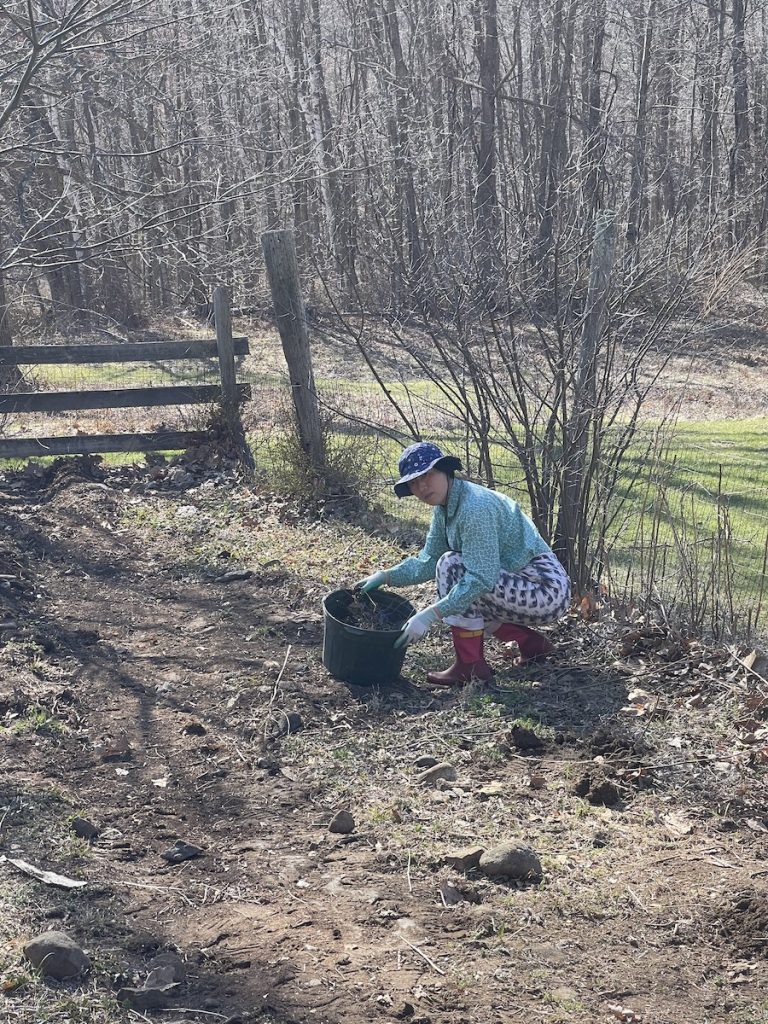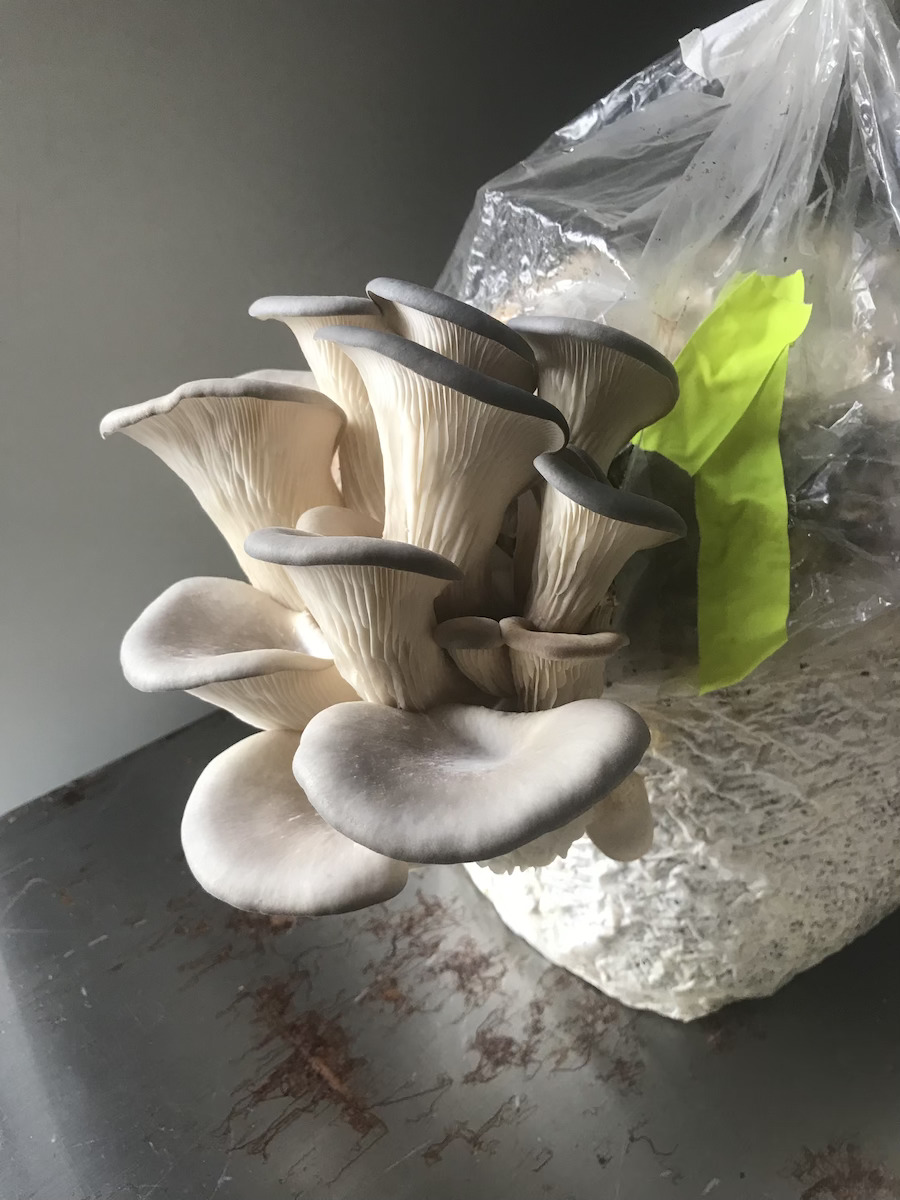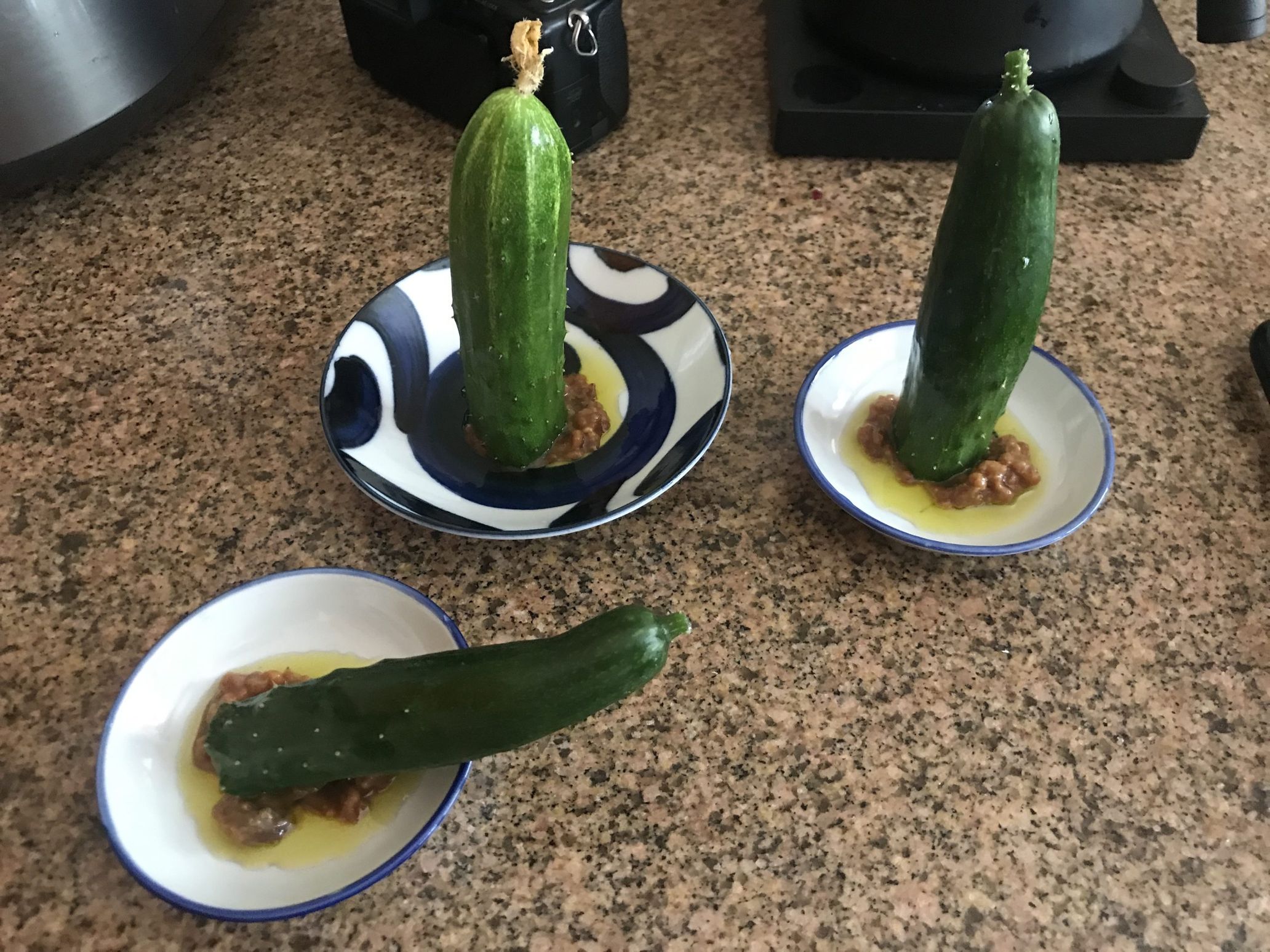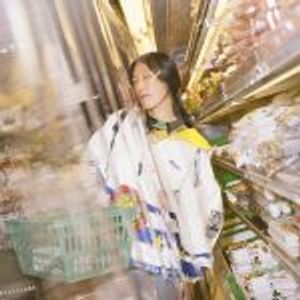A US-based writer, chef, and music producer Kiki Kudo moved from New York to Connecticut farmland during the pandemic. She looks back on her steady life.

In Soho during the pandemic, I was one of those who were addicted to video games. First, the country life RPG Stardew Valley and then Animal Crossing drew me into a video game world for the first time in decades. With so many things suddenly disappearing before my eyes during the lockdown, I started thinking it would be nice to be self-sufficient, so I scraped together what I had at home and made planters to plant seeds and to grow basil, shiso, and other herbs. I also got some mushroom beds to raise oyster mushrooms and lion’s mane mushrooms. By extension, I was expanding my pumpkin farm in Animal Crossing, and every time I logged in, I would grow pumpkins, sell them, and upgrade my house with the money from the sales. In the game world, I was making a steady income out of the field (laughs).



When I moved to Connecticut, an essential condition for choosing a house was that I could do the gardening. Jim, my landlord, had said he would build a space for it, but I hadn’t heard anything even until around the spring equinox when winter was slowly coming to an end. However, I had zero knowledge about garden building, so while curbing my enthusiasm, I watched YouTube videos about soil, seed germination, and other gardening processes and learned the schedule from the “Old Farmer’s Almanac,” an agricultural calendar that you go through once if you are serious about it. Unfortunately, once I started delving into it, there turned out to be tons of things that I didn’t know.



In New York, I used to frequent Union Square Green Market. At the time, I often pondered which one to choose and take home from a pile of the $6-a-pound heirloom tomatoes (about $6 for one medium-sized tomato) freshly picked from Upstate (laugh), but now I can see how much work the farmers put into them and why they were high-priced. So I definitely wanted to grow heirloom tomatoes. I also wanted to grow a lot of Japanese cucumbers, shiso, and manganji peppers because I wanted to grill them with dried bonito flakes and a little soy sauce. I ordered Japanese vegetable seeds from Kitazawa Seed Company in Utah, whose packages for seeds have lovely illustrations on them. I started growing them in small planters in late March until they grew into seedlings indoors after the last frost (which varies from region to region) at the end of May. It is said that one should sow one seed per hole, but I sowed three or four seeds in one hole, thinking some seeds would germinate, but some won’t because they are so small. Surprisingly, however, they all sprouted, and by the time they became seedlings, the roots were too tangled, and it wasn’t easy to untangle them.

So, the one-seed-per-hole theory turned out to be correct. It may sound extreme, but I experienced firsthand that we live in a world of “microcosm and macrocosm” and the mystery of nature that such a tiny seed can grow into a lush vegetable. I raised enough seedlings to fill the sunroom of my house, but in May, I saw a variety of seedlings for sale at a local supermarket and thought to myself, “Why didn’t I just buy these seedlings?” Anyway, although it took more work, growing vegetables from seed was definitely more cost-effective, and it was great to grow organic Japanese vegetables that are not available in the supermarket. Watering the seedlings, replanting them in larger planters along the way to make them bigger, and seeing the growth process while caring for them was very much in sync with the game. In the meantime, as if Tom Nook, the mayor of the village, approached me in Animal Crossing, Jim, the landlord, told me he had something to show me. I took a short walk around the massive lot behind the house, and to my surprise, I was told that I could use a garden space there that hadn’t been used for decades. He said he would also build a new fence and bring in a machine to till the soil for me, which was an incredible turn of events. What an upgrade!




From that day on, we started picking up rocks and removing old roots, pieces of plastic, and other impurities from the soil. I am so grateful to my friends Glave, Nika, Nathan, and Maria, who stayed with me then for their help with the endless stone picking. Jim also renewed all the posts, and the “Kudo Garden” was completed just before the last frost after his solid, well-balanced, and beautifully done job, which was precisely what you would expect from a farmer. The seedlings were too numerous for the space available, so I planted them without measuring the distance between each of them and ended up redoing it the next day. But it helped that Magwart, a former farmer, DJ, graphic designer, and Georgia music fan from Portland, OR, stayed with me for a week in the summer to help us with the garden. He was a supervisor who helped me numerous times, from making cucumber poles to telling us that oyster fertilizer is suitable for Manganji peppers.


Fortunately, the garden was not destroyed by insects or animals, and the plants grew well. As a result, as for those heirloom tomatoes, I was able to harvest so many that I could pick one to take a bite and toss it away (although I never throw them away!), and I could even share them with my friends. Brian’s favorite summer breakfast was freshly picked cucumbers dipped in miso. The crispy Japanese cucumbers are totally different from the American ones, and I can’t wait for summer to arrive. So I hope to harvest more this year, and I also want to make some game music!

